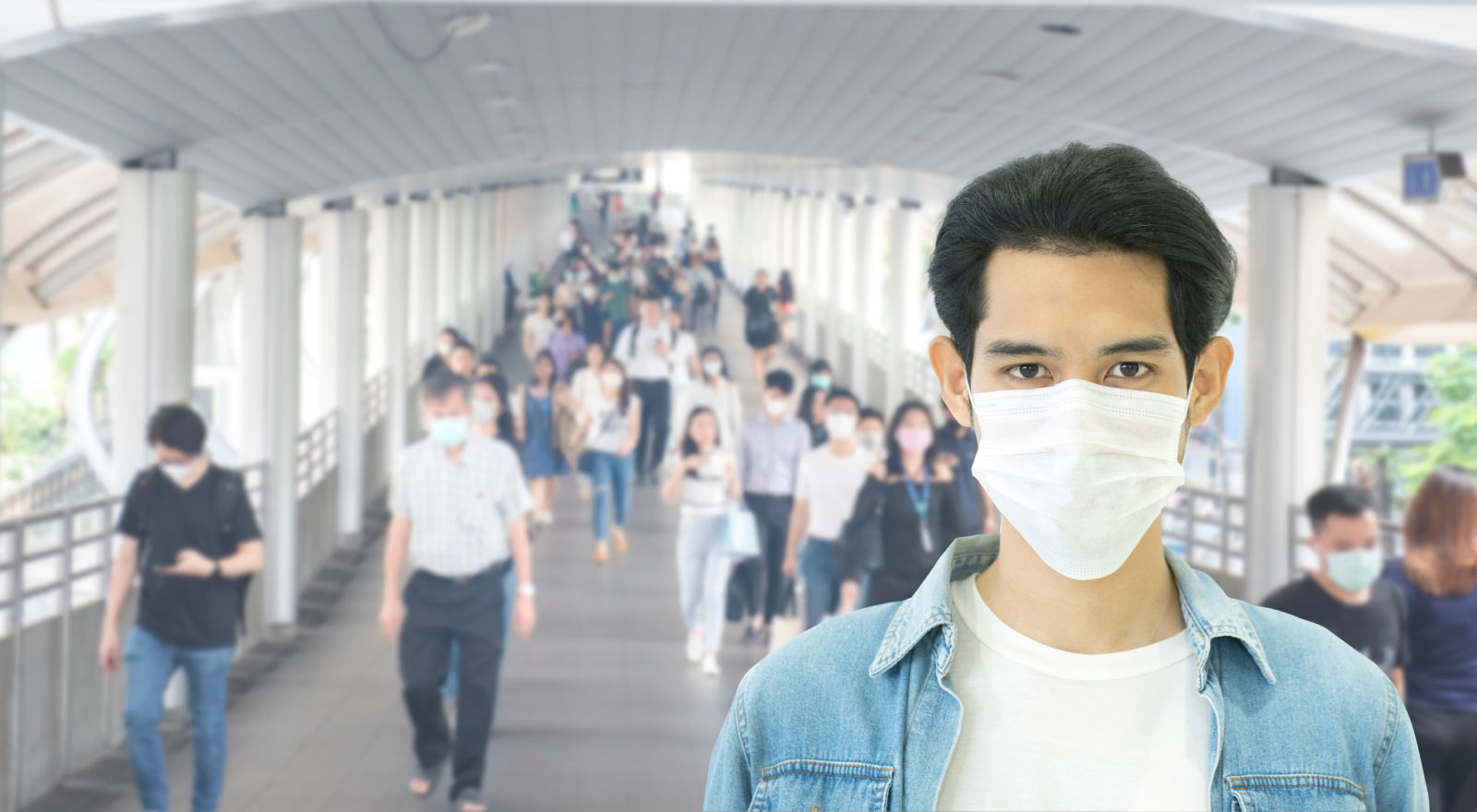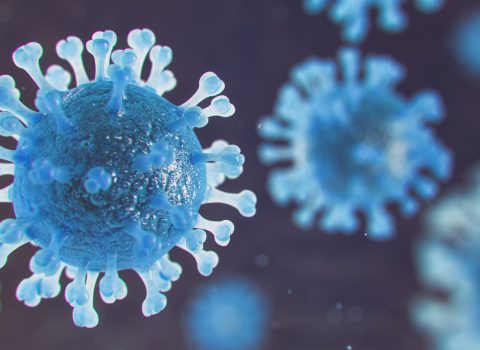
The role of non-pharmaceutical interventions in the Chinese vaccination campaign
Valentina Marziano (FBK) is the co-author of a new study recently published in Nature on the spread of COVID-19 in China, according to which non-pharmaceutical interventions will continue to be the number one weapon to curb infections
“In China, a neglected outbreak can turn into a serious widespread epidemic of COVID-19 even when the vaccination campaign has begun.” These words, apparently lapidary, well summarize the heart of the study that the journal Nature Human Behavior published last June 22 and which addresses the recent escalation of local COVID-19 outbreaks in China.
The article, which includes Valentina Marziano among the authors, is the result of a close collaboration between the Health Emergencies Center of the Bruno Kessler Foundation, the Fudan University (China) and the University of Indiana (USA) which stresses the need to maintain a certain level of non-pharmaceutical interventions (NPI) even after the vaccination campaign has started. These interventions range from the control of imported cases, social distancing, the use of masks, the isolation of cases, as well as the possible closure of schools.
Since December 2020, China has granted conditional approval to seven COVID-19 vaccines. As of June 1, 2021, 681.9 million vaccine doses were administered in China at an increasingly fast pace, which reached a daily average of 6 million vaccine doses between March and June 2021 (approximately 4 doses per 1000 individuals). At the end of June, 40% of the Chinese population, around 1.4 billion, had already been vaccinated. “That coverage,” the researchers warn, “is still extremely low, and therefore China remains highly vulnerable to imports of SARS-CoV-2 which still have the potential to generate outbreaks, as has already occurred so far in 2021.”
To try to provide an answer to public decision makers on what the vaccination policy and the appropriate level of restrictions to maintain during the campaign might be, the researchers developed a mathematical model for the transmission of SARS-CoV-2.
In this model, the researchers started from a situation where there is no immunity from infection with SARS-CoV-2 in the population, nor ongoing widespread transmission of SARS-CoV-2, but there is a risk of importing SARS-CoV-2 infections from abroad.
The results obtained show that in the absence of non-pharmaceutical interventions, even an acceleration of the vaccination program in China compared to what has been observed up to now (about 4 daily doses per 1000 individuals) would prove insufficient to delay the epidemic and reduce the pressure. of COVID-19 on the health system. “Even if the daily vaccination capacity could be increased to 30 million doses (20 per 1,000 individuals),” the researchers add, “in the absence of NPIs we estimate that there would still be over 7.7 million deaths.”
According to the researchers and authors of the study, a set of measures capable of maintaining the (now famous) Rt value around 1.3, together with a vaccination rate of 4 daily doses per 1000 individuals, would be sufficient to reduce the number of deaths. of COVID-19 by 99% and to bring the Rt value below the critical threshold of 1 about nine months after the start of the national vaccination campaign.
Finally, maintaining a level of stricter non-pharmaceutical interventions (sufficient to keep the Rt value just above unity) could suppress the epidemic with an average of less than 2,300 symptomatic cases and 50 deaths, even at the current time. vaccination rate. “The higher the percentage of the population vaccinated, the fewer restrictions will have to be put in place in the event of a new wave,” says Marziano.
The researchers estimated that if 30% of the population were vaccinated before a new wave began, lighter restrictions would be enough to reduce the death toll by 98%.
“Our results,” says Marziano “also confirm that, if the restrictions in place allow to keep the transmission level low during the vaccination campaign, we can think of giving vaccination priority to the youngest, in the case instead of rates of higher transmission rates, such as those observed in Italy in early 2021, protecting the most fragile categories first is a strategy that saves more lives. ”
For China, it remains crucial to continue monitoring local outbreaks and investing resources in managing COVID-19. Although this study reminds policy makers of the importance of using non-pharmaceutical interventions, the researchers believe further studies are needed to identify what types of restrictions should be adopted in parallel with vaccination campaigns, also considering the impact these have on the quality of the people’s life.




